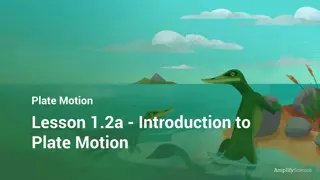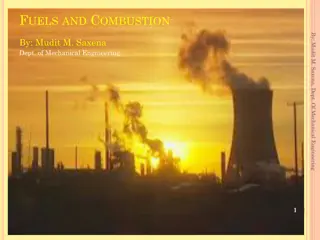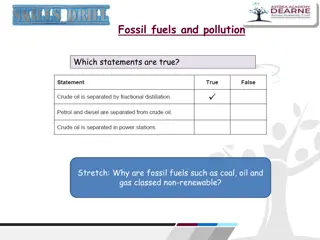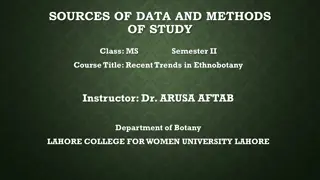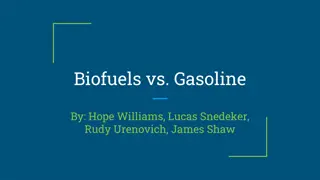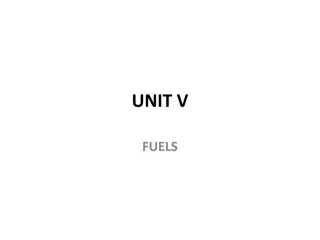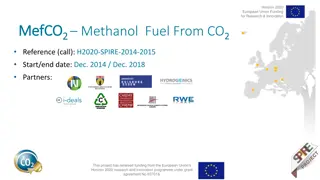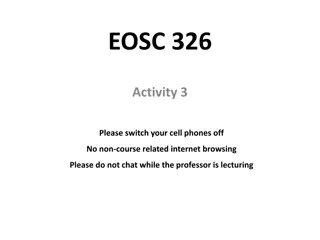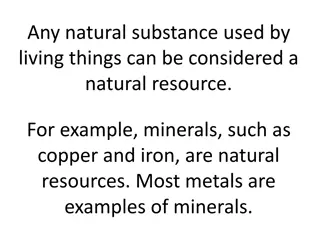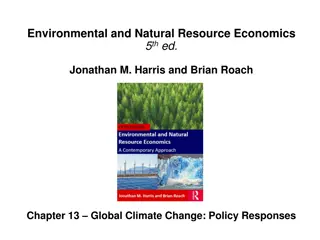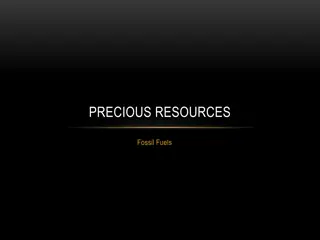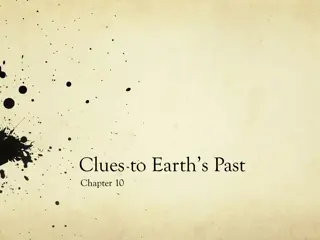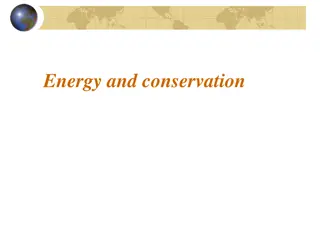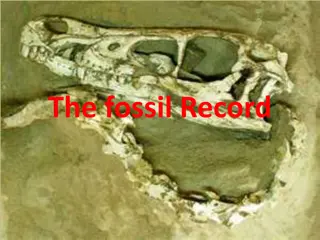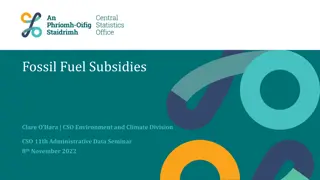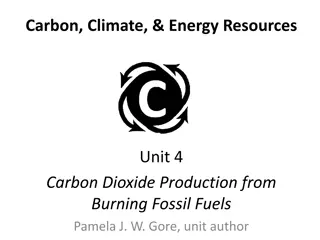Understanding Fossils and Fossil Fuels
Explore the world of fossils and fossil fuels, learning how they are formed and what they reveal about Earth's history. Discover the various types of fossils, from imprints to whole organisms preserved in amber. Uncover the importance of fossils in studying geological changes over time and understand the significance of fossil fuels as nonrenewable resources derived from ancient plant and animal remains.
Download Presentation

Please find below an Image/Link to download the presentation.
The content on the website is provided AS IS for your information and personal use only. It may not be sold, licensed, or shared on other websites without obtaining consent from the author. Download presentation by click this link. If you encounter any issues during the download, it is possible that the publisher has removed the file from their server.
E N D
Presentation Transcript
1. Evidence of a living thing from long ago is preserved as a fossil.
2. Many fossils are found preserved in sedimentary rock.
3. Fossils also form in spaces left in rock by dead organisms. These spaces are called molds. Minerals fill the space, forming fossils called casts.
4. Some fossils are formed when an organism such as a leaf is pressed into a soft surface, leaving an imprint.
5. An entire organism can be preserved, such as an insect trapped in amber or a mammoth trapped in ice.
6. Fossils tell how Earths land, climate, and living things have changed over time.
7. Fossils and layers of rock are evidence of changes that took place over long spans of geologic time.
8. Something that can supply energy is a fuel.
9. Fuel that is made from the remains of ancient living things is a fossil fuel.
10. Fossil fuels form from the remains of buried plants and animals.
11. Fossil fuels are nonrenewable resources because they cannot be easily replaced.
12. Air, water, plants, and animals are renewable resources because they can be replaced in nature.
13. Renewable energy sources include solar energy, windmills that harness the wind, and energy from heat inside the earth.
Yes. The sun could be used for light, and the sun, windmills, and water could be used for energy.






